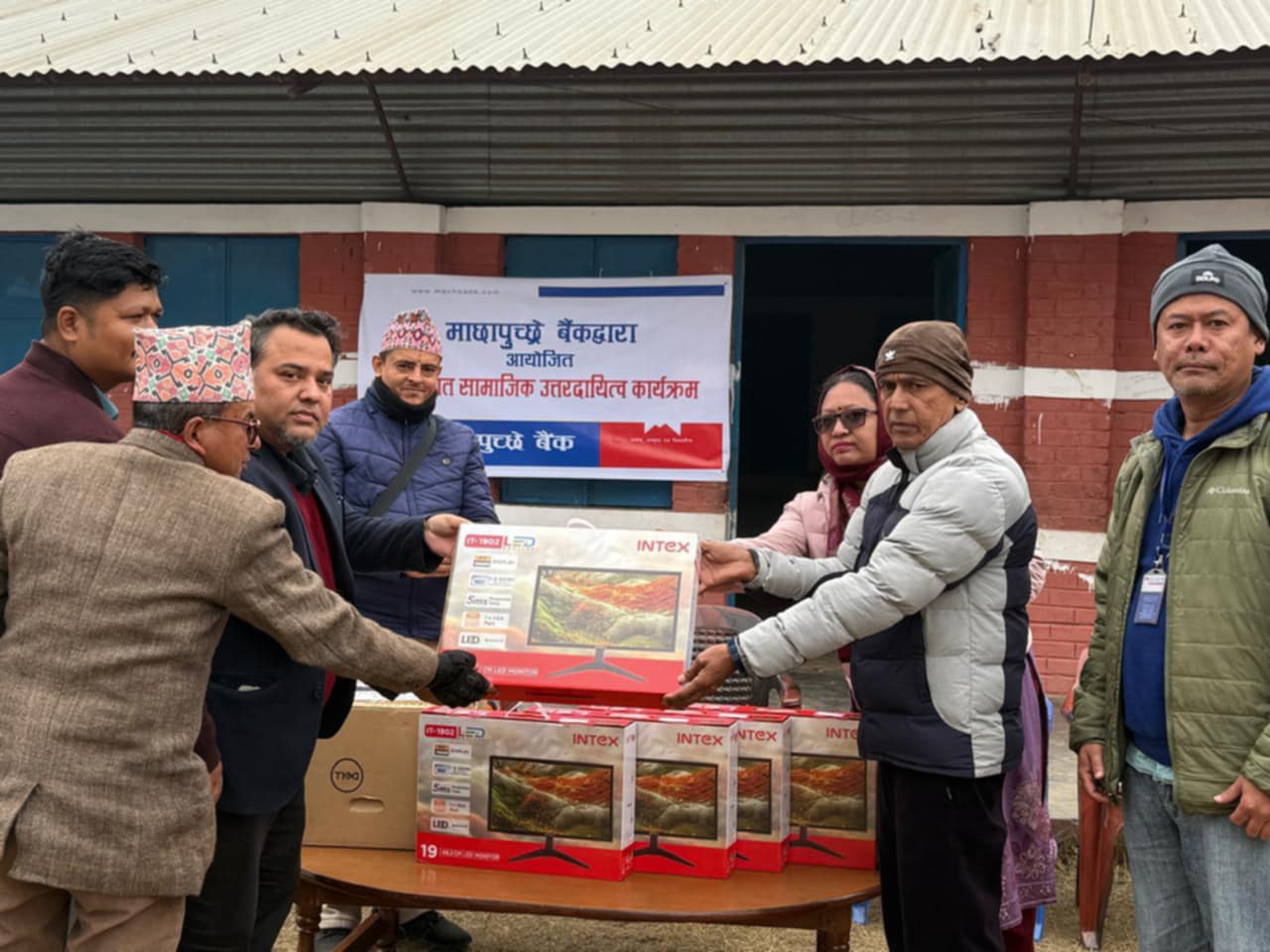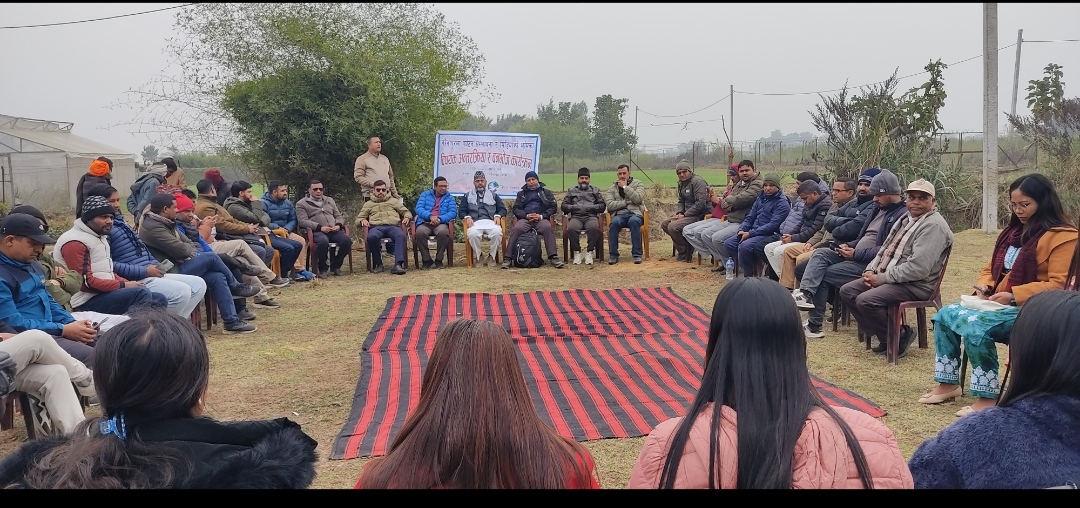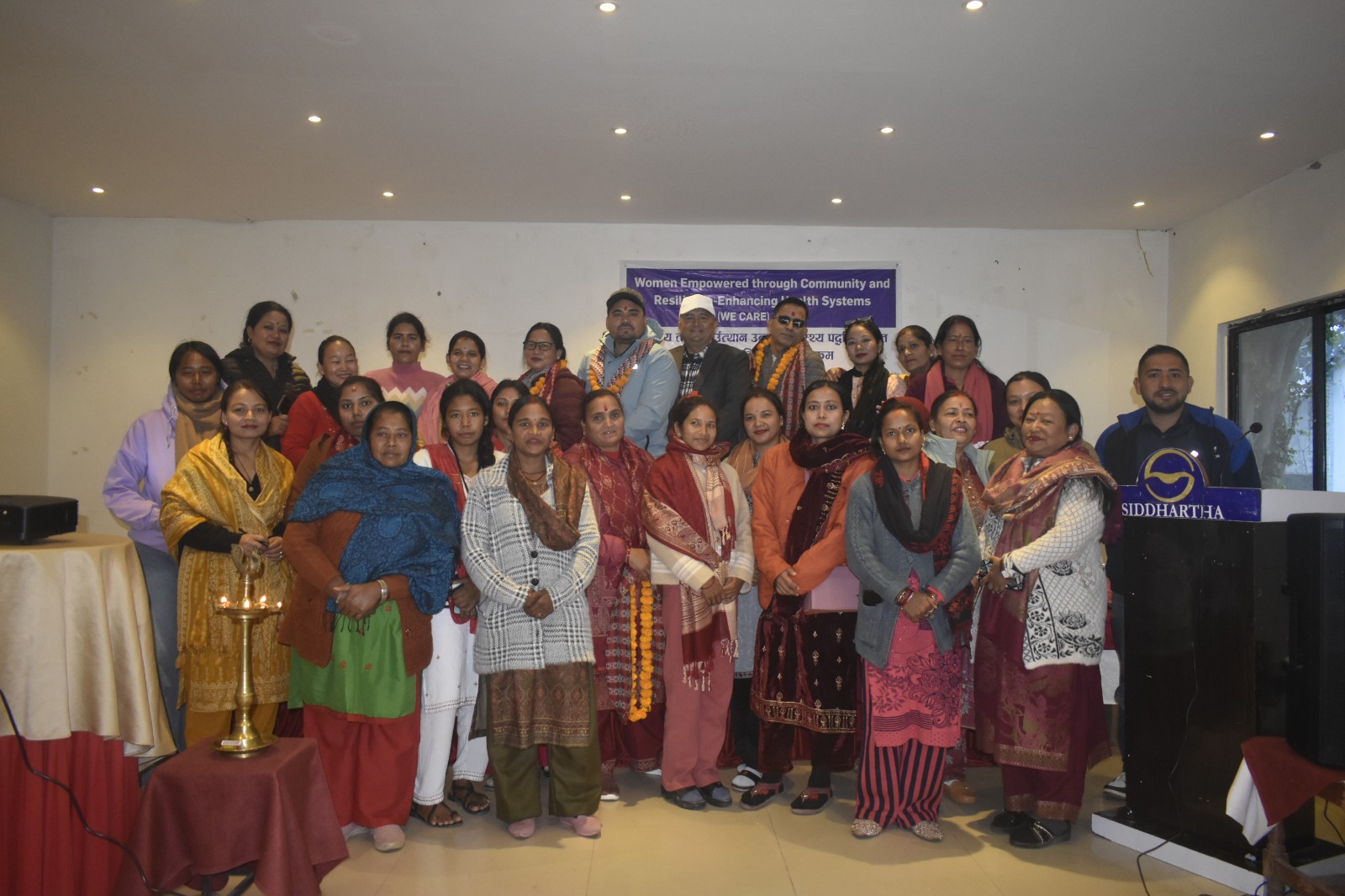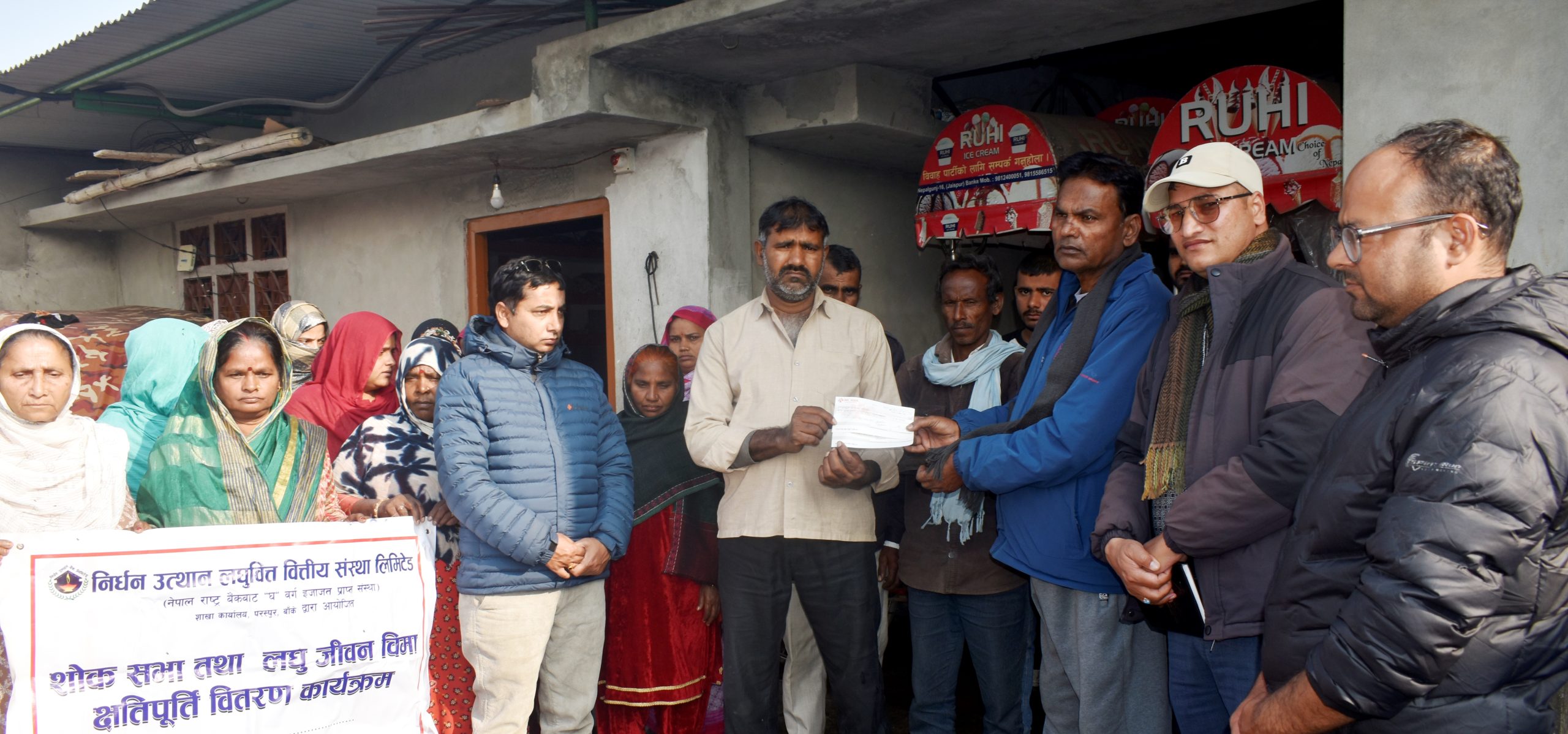
The healthcare systems in different countries can vary significantly in terms of organization, accessibility, and effectiveness. This article aims to provide a comparative analysis of the healthcare systems in the United States (USA) and Nepal. By examining their characteristics, strengths, and weaknesses, we can gain a deeper understanding of the challenges and successes these countries face in delivering healthcare to their citizens.
Healthcare System in the USA:
The healthcare system in the USA is largely characterized as a market-based system that relies on private health insurance. The USA spends more on healthcare per capita than any other country globally, reaching 17.1% of its gross domestic product (GDP) in 2019 (Centers for Medicare & Medicaid Services, 2020). However, despite high spending, the USA faces numerous challenges, such as fragmented coverage, unequal access to care, and high healthcare costs.
The primary feature of the US healthcare system is private insurance, which is mostly provided through employer-sponsored plans or purchased individually. Medicaid, a government-funded program catering to low-income individuals, and Medicare, a federally-funded program for individuals aged 65 and above, are other significant components of the US healthcare system (Squires, 2019). However, approximately 27.9 million Americans remained uninsured in 2018, highlighting the persistent issue of limited access to healthcare services (Cohen et al., 2019).
Moreover, the cost of healthcare in the US is significantly higher compared to other developed countries. The combination of high drug prices, administrative costs, and excessive utilization of services contributes to this issue (Squires, 2019). This cost burden often leads to medical debt and financial insecurity for many Americans, despite having insurance coverage.

Healthcare System in Nepal:
Nepal, on the other hand, employs a predominantly public-funded healthcare system, with a significant proportion of healthcare services delivered by the government. The country’s healthcare system is guided by the principle of universal healthcare, aiming to provide accessible and affordable healthcare services to all its citizens. Nepal allocated 6.2% of its GDP to healthcare in 2019 (World Bank, 2021).
The primary healthcare system in Nepal is characterized by community-based health centers and primary health posts. These facilities offer basic healthcare services, including preventive care, maternal and child health services, and treatment for common illnesses. Additionally, the government operates district hospitals and regional and central referral hospitals to provide more specialized care (Ministry of Health and Population Nepal, 2015).
Despite the progress made, Nepal faces several challenges in its healthcare system, such as inadequate infrastructure, shortages of healthcare professionals, and limited accessibility in remote areas (Acharya et al., 2020). Furthermore, the country still relies heavily on out-of-pocket payments, which can pose financial barriers to access for lower-income individuals.
Comparative Analysis:
When comparing the healthcare systems in the USA and Nepal, certain strengths and weaknesses emerge. The US system benefits from advanced medical technologies, extensive specialty care options, and a robust private insurance industry. However, it suffers from significant coverage gaps and high healthcare costs, leaving many Americans without access to care and vulnerable to financial hardships.
On the other hand, Nepal’s healthcare system demonstrates strengths in its commitment to universal healthcare, primary healthcare focus, and relatively lower healthcare costs. However, challenges such as inadequate infrastructure, limited resources, and geographical disparities hinder its ability to provide equitable access to care throughout the country.
Conclusion:
The healthcare systems in the USA and Nepal present distinct models with varied strengths and weaknesses. While the USA struggles to achieve universal coverage and control escalating costs, Nepal faces challenges related to infrastructure, workforce shortages, and accessibility. By examining the experiences of these two countries, policymakers can identify areas for improvement and learn from successful aspects of each system. Ultimately, the goal should be to provide high-quality, accessible, and affordable healthcare for all citizens, regardless of their location or socioeconomic factors.
References:
Acharya, N., Ghimire, G. R., Subedi, M., Dahal, P., Yadav, G., Shah, A., Malla, G., Thapa, A., Shrestha, N., & Budhathoki, S. S. (2020). Health System in Nepal: Challenges and Strategic Options. Kathmandu University Medical Journal (KUMJ), 18(72), 65-69.
Centers for Medicare & Medicaid Services. (2020). National Health Expenditure Data. Retrieved from https://www.cms.gov/Research-Statistics-Data-and-Systems/Statistics-Trends-and-Reports/NationalHealthExpendData/NationalHealthAccountsHistorical
Cohen, R. A., Hemler, J. R., & Chu, P. W. (2019). Health Insurance Coverage: Early Release of Estimates From the National Health Interview Survey, 2018. National Center for Health Statistics.
Ministry of Health and Population Nepal. (2015). Nepal Health Sector Strategy 2015–2020. Retrieved from http://nhsp.org.np/nhss/
Squires, D. (2019). Explaining High Health Care Spending in the United States: An International Comparison of Supply, Utilization, Prices, and Quality. The Commonwealth Fund. Retrieved from https://doi.org/10.26099/7h47-gk47
World Bank. (2021). Health expenditure, total (% of GDP). Retrieved from https://data.worldbank.org/indicator/SH.XPD.TOTL.ZS























